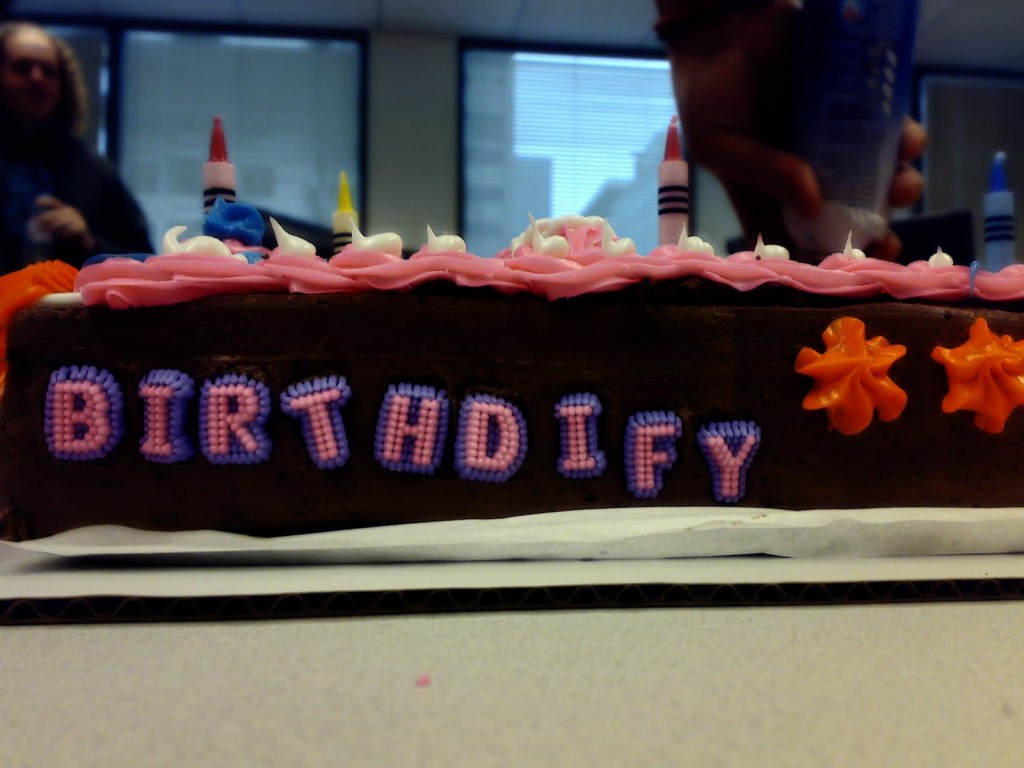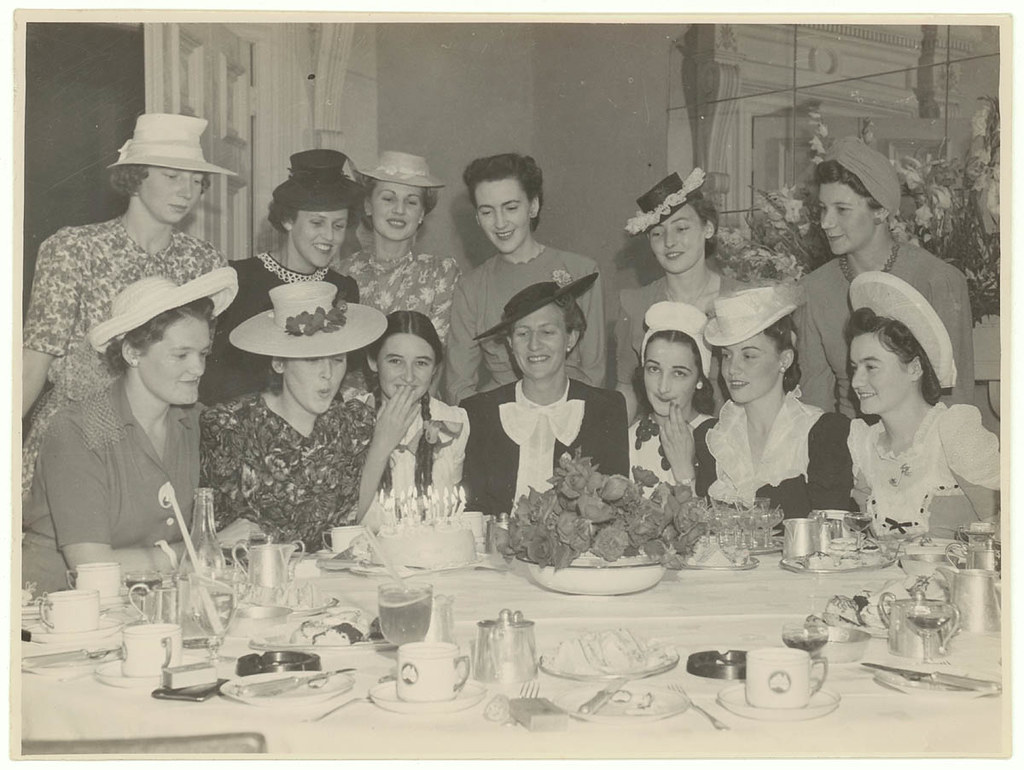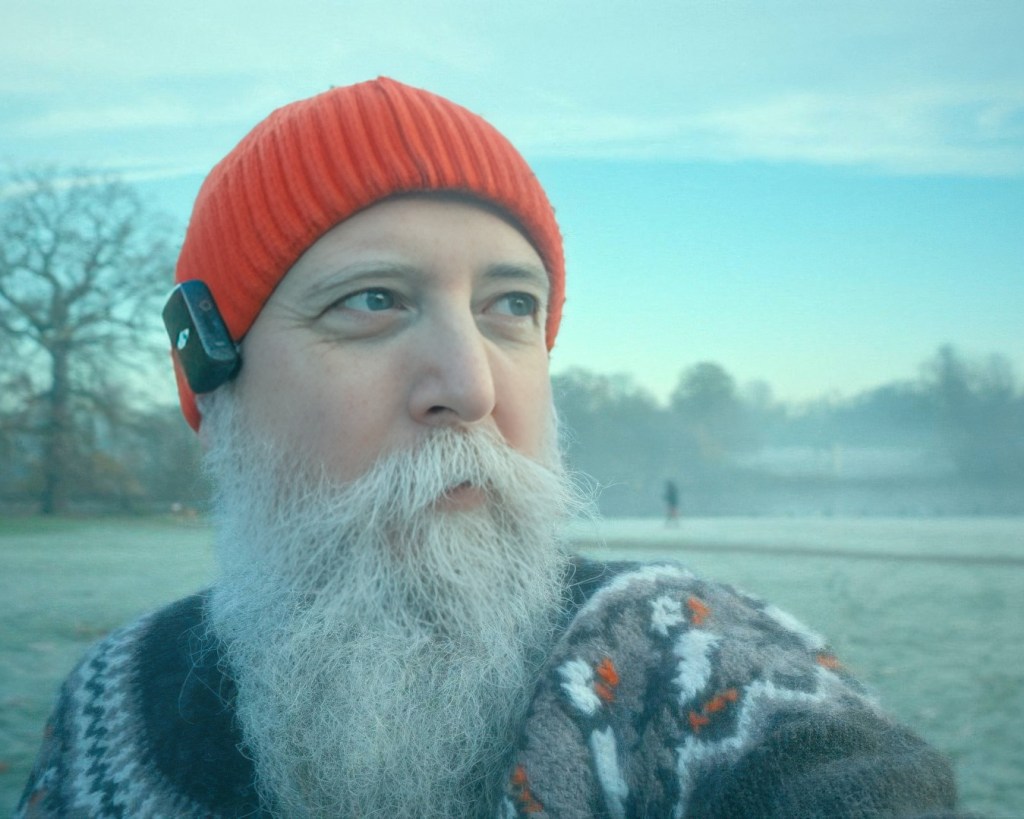At SmugMug + Flickr, we believe that photography is an incredibly important visual record of our history. As citizens, we don’t have nearly enough access to our own photographic histories that we collectively own in the public domain. In light of that, we’re thrilled to announce the founding of our very own nonprofit, the Flickr Foundation.
How did we get here? It starts in 2018 when, after years of attempts, we (SmugMug) were fortunate enough to be able to buy Flickr from Yahoo!. We didn’t buy Flickr because we thought it was an amazing business opportunity—it was losing staggering amounts of money, and nobody else seemed interested in the potential. Instead, we bought Flickr because we’ve built our company around a love for photography, and we couldn’t imagine an internet without the amazing community and the staggering collection of photography that Flickr supported.
We knew Flickr meant a lot of things to a lot of communities, but it rapidly became clear just how important it was once the acquisition announcements went out. Within hours and days, we were fielding requests from organizations and individuals around the globe wondering what it meant for their work and their communities. The CEO of Creative Commons flew out to our offices immediately to discuss the future of the hundreds of millions of open licensed works being shared on Flickr. It was an easy decision to not only protect those photos, but to work on growing the collection collaboratively.
Government agencies around the globe reached out to express how important their Flickr community is to connecting to the people they support. Schools, clubs, and community organizations also shared with us how critical Flickr has become to what they do and how they share.
One of those first contacts we received really spoke to the importance and truly unique position Flickr occupied online. The team at the Library of Congress reached out to ask about the future of the Flickr Commons. This huge collection of public domain, cultural heritage works had been tirelessly digitized, curated, and uploaded to share with the entire world by over a hundred organizations. Those organizations included larger institutions like the Library of Congress, Smithsonian Institution, British Library and so many more. But it also contained much smaller organizations, opening collections to the public from all over the world.
We already knew we would preserve these collections, but we wanted to do more than just focus on preservation. Millions of photos from hundreds of institutions is a huge collection, but it barely scratches the surface of public domain historic photography that still isn’t easily accessible to the general public. We were determined, but directionless. I couldn’t stop thinking about the opportunity to do something meaningful, but I really didn’t know where to start or how to prioritize what mattered.
One night, while very unproductively thinking through the challenges, I sent a cold email to George Oates. More than a decade before, George had started this whole Flickr Commons project and laid the foundation I was now hoping to build upon. I simply reached out, and told her that I loved the Flickr Commons and I wanted to do more with that community. She answered my email, we met, and we fairly quickly went to work together to think through what the future of this preservation could look like. The scope of the project has dramatically expanded as our vision and mission became more clear, but it still all comes back to one simple idea.
The Flickr Foundation is working to expand access to photographic history, and to preserve those photographs for generations to come. We’re also aware that our communities are documenting those histories right now. Flickr is full of events, both significant and small, that document our humanity. In order to truly preserve and share our photographic history, we must also build out a plan and a foundation for the living history on all our digital platforms.
We’re doing this so that in 100 years, we aren’t just sharing millions of cultural heritage photographs. With the work of the Flickr Foundation, we’re creating a visual commons—a collective reference of our history and our humanity, accessible by anyone, anywhere.




